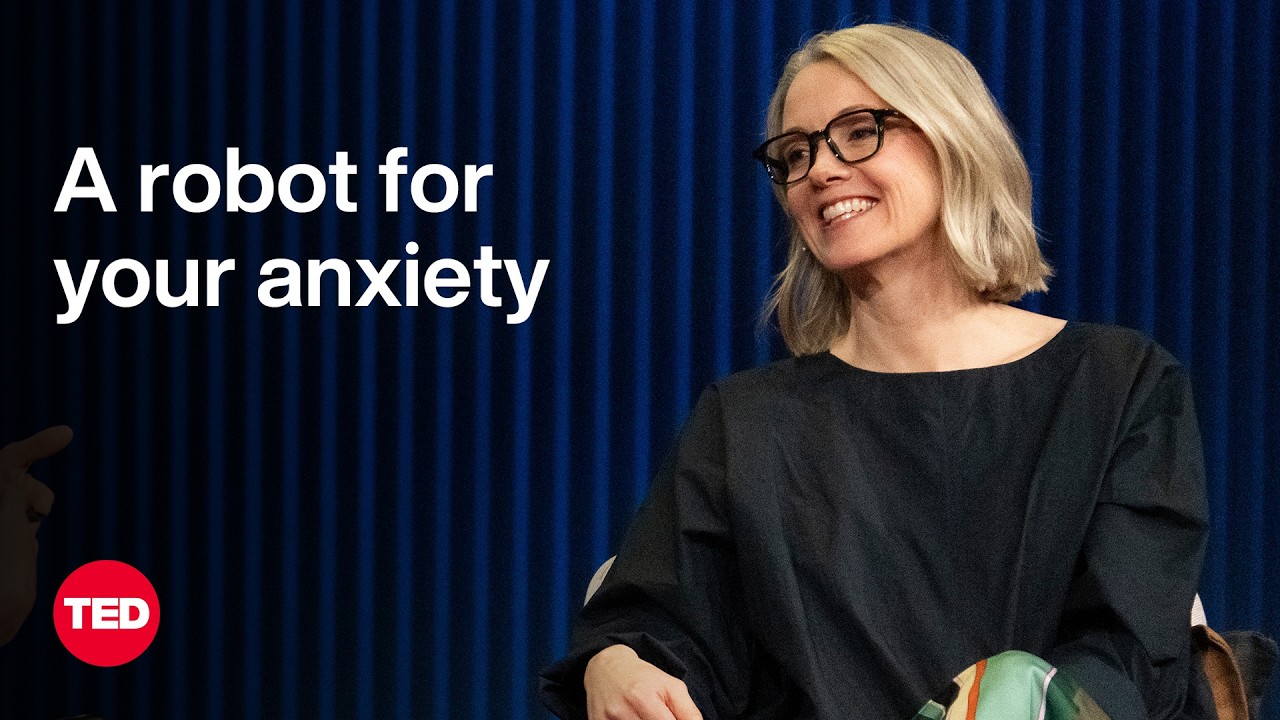Alison Darcy discusses Woebot, an AI-powered mental health chatbot designed to provide accessible, immediate support outside traditional therapy hours, especially during crises. She emphasizes its role as a supplement to human therapy, focusing on empowering users, fostering resilience, and ensuring ethical, safe use of AI in mental health care.
In the TED talk, Alison Darcy discusses the development and purpose of Woebot, an AI-powered mental health chatbot designed to address the unmet need for accessible mental health support. She emphasizes that while human therapists are invaluable, they cannot be available 24/7, especially during moments of crisis like late at night or early morning when people often experience intense distress. Darcy highlights that Woebot was created to meet individuals where they are, providing brief, accessible interactions outside of traditional therapy hours, with the goal of offering immediate support and guidance during critical moments.
Darcy explains that Woebot’s interactions are typically short, averaging around six and a half minutes, and most conversations occur outside of clinical settings, often during late-night hours. The chatbot is built on a rules-based system, with all responses scripted and supervised by clinical psychologists to ensure safety and reliability. Although Woebot is currently rules-based, the team is exploring generative AI models, which are particularly effective for role-playing scenarios, helping users practice and develop coping skills in a safe environment. Darcy notes that users tend to disclose more openly to AI, especially about stigmatized issues, because AI does not judge and offers a non-threatening space for sharing.
Darcy addresses concerns about AI in mental health, including privacy, control, and the risk of creating dependence. She emphasizes that Woebot is designed as a tool to empower users, encouraging them to develop their own resources and take responsibility for their growth. The chatbot is intentionally limited in its capabilities, avoiding giving direct advice, diagnosing, or engaging in behaviors like flirting, to maintain ethical boundaries. The focus is on fostering independence and helping users build resilience, rather than creating reliance on the AI itself.
She critiques the current state of psychotherapy, noting that despite technological advances, rates of anxiety and depression remain high and have worsened over time. Darcy advocates for expanding the toolkit of mental health interventions, integrating AI as a supplement rather than a replacement for human therapists. She envisions AI tools that can support individuals in their daily lives, providing real-time assistance and accountability, and even helping families understand and improve their dynamics through feedback and analysis of interactions.
Finally, Darcy reflects on the potential risks and benefits of AI in mental health, acknowledging that both humans and AI have the capacity for harm. She stresses the importance of developing AI with intentionality and safeguards to prevent negative outcomes. Ultimately, she sees these tools as valuable additions to human-centered care, capable of enhancing well-being and making mental health support more accessible, provided they are designed and used responsibly to serve human needs and growth.
